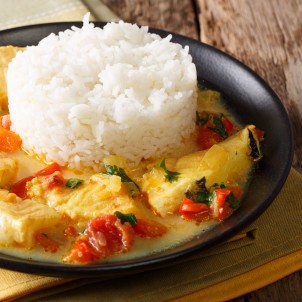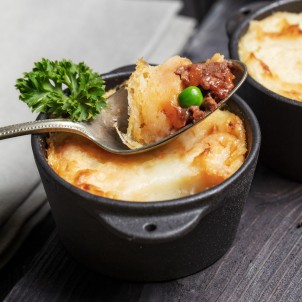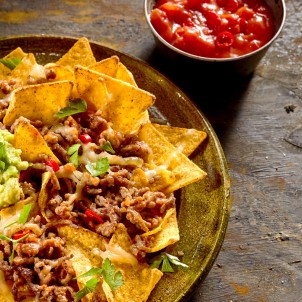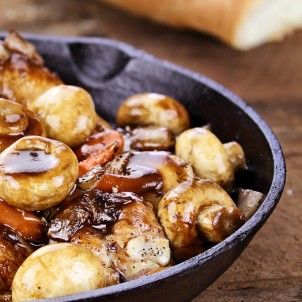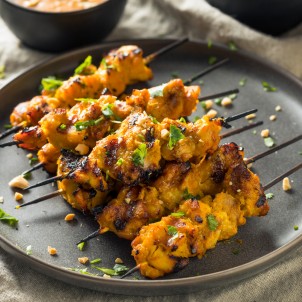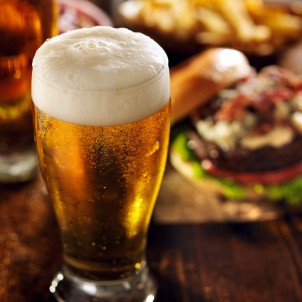Discover the best pubs & restaurants in Oxford
![]() Town/City Name
Town/City Name
Oxford
![]() County
County
Oxfordshire
![]() Population
Population
152,450
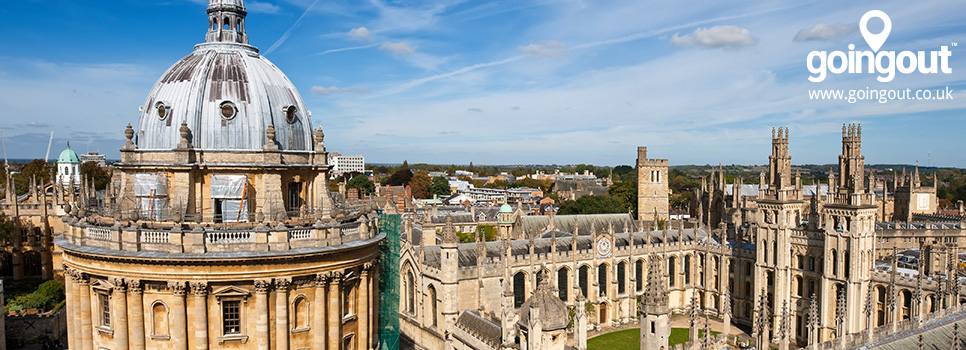
 About Oxford
About Oxford
Oxford is the only city and county town of Oxfordshire. There are 152,450 people living in this town in 2017. Oxford can be found 56 miles from London’s northwest, 64 miles from Birmingham’s southeast, and 61 miles from Bristol’s northeast.
The University of Oxford can be found in this city, and this city is also famous for motor manufacturing, information technology, education, science, and publishing.
Known to be a university town, Oxford has a lot of tourist attractions. Going out in Oxford, you’ll see the Carfax Tower, Oxford City Center, University Church of St. Mary the Virgin, Christ Church Cathedral, Christ Church College and Magdalen College.
Among the abovementioned tourist attractions in Oxford, the Oxford City Center must be the most popular. This place is not huge, but a lot of other tourist spots are located here like the Carfax Tower, the Town Hall, and Pembroke College. There are several magnificent buildings and finest streets in this particular area.
You will never go hungry in Oxford. There are a lot of restaurants in Oxford offering tourists outlandish menus. Since this is a university town, there are a lot of cheap places where you can eat, but there are also fine dining places you can check out.
On the other hand, the pubs in Oxford are plenty, ranging from traditional ones to chick cocktail bars with extraordinary scenes. There are several unique and amazing pubs and bars you can check out on your visit.
 Places to eat in Oxford, Restaurants in Oxford
Places to eat in Oxford, Restaurants in Oxford
 Places to drink in Oxford, Pubs and Bars in Oxford
Places to drink in Oxford, Pubs and Bars in Oxford
 A brief history of Oxford
A brief history of Oxford
Oxford was first known as Oxnaford. This means “ford of the oxen.” The Anglo-Saxons were the first ones to settle in this area. This place became an important military town in the 10th century, and it was raided by Danes.
In 1002, the St. Brice’s Day massacre happened where many Danes died. It was instructed by Æthelred. In 2008, the skeletons of these victims were discovered when St. John’s College was about to be built.
In 1066, the Norman Invasion happened, and Oxford was impacted heavily. Robert D’Oyly then ordered the building of Oxford Castle when he was the town’s governor. This is now considered one of the most historical and oldest spots in Britain.
Religious houses were constructed in and around the city when King Henry II granted the citizens the same exemptions and privileges which people of the kingdom’s capital are enjoying.
The first mention of the University of Oxford is found in the records of the 12th century. However, the 1517 sweating sickness epidemic deeply devastated Cambridge and Oxford, killing half the population of both cities.
The court of Charles I was located in the city when the English Civil War happened. This was in 1642 when London expelled the king. Later on, Charles II’s court was built in Oxford. He later on evacuated when the Great Plague of London occurred.
In 1876, a permanent military presence was founded in Oxford when the Cowley Barracks was completed. Henry Hare built the Oxford Town Hall, and future King Edward VII opened it in 1897.
University members’ population decreased during World War I as many people enlisted. The soldiers occupied the vacant places in college, and the wounded soldiers during the war were also treated in some college hospitals.
In the early 20th century, population and industrial growth happened rapidly, and Morris Motors Limited was established in Oxford. This company mass-produced cars in Cowley, and it was done by William Moris.
Although slightly affected during World War II, Oxford was not damaged heavily. The colleges temporarily served as soldiers’ areas for training and military barracks.
The industry and the town itself flourished through the years. There became a large student population, several bars and restaurants were constructed, and a lot of Asian shops and fast-food outlets were located in the area.
 Popular things to do in Oxford
Popular things to do in Oxford
- Visit Great Britain’s oldest botanic garden at Oxford Botanic Gardens & Arboretum - https://www.obga.ox.ac.uk/home#/
- Check out the University of Oxford’s anthropological and archaeological collections at Pitt Rivers Museum - https://www.prm.ox.ac.uk/
- Feel the presence of the Lord at University Church of St. Mary the Virgin - https://www.universitychurch.ox.ac.uk/
- Discover spiritual connection at the Christ Church Cathedral - https://www.chch.ox.ac.uk/cathedral
- See the important collection of paintings and drawings at Christ Church College - https://www.chch.ox.ac.uk/
 Free things to do in Oxford
Free things to do in Oxford
- Know more about human stories across time and culture at Ashmolean Museum - https://www.ashmolean.org/
- Explore the history of science at Museum of the History of Science - https://hsm.ox.ac.uk/
- Learn about the fascinating history of the city at Museum of Oxford - https://museumofoxford.org/
- Experience contemporary arts at Modern Art Oxford - https://www.modernartoxford.org.uk/
- Find out about the station’s goals and mission at the Arts at the Old Fire Station - https://oldfirestation.org.uk/
 Great for kids in Oxford
Great for kids in Oxford
- Experience unusual and immersive exhibitions at The Story Museum - https://www.storymuseum.org.uk/
- Take sightseeing tours at Oxford River Cruise - https://www.oxfordrivercruises.com/
- Complete your adventure at Oxford Spy Mission Treasure Trail - https://www.treasuretrails.co.uk/
- Check out the natural history specimens’ collection housed at the Oxford University Museum of Natural History - https://www.oumnh.ox.ac.uk/
- Learn about the history of Oxford within the castle and prison at Oxford Castle Unlocked - https://www.oxfordcastleandprison.co.uk/
 Great for dogs in Oxford
Great for dogs in Oxford
- Shotover Country Park
- Port Meadow
- South Park
 Dog friendly bars
Dog friendly bars
- The Seven Stars
- The Fox Inn
- The Perch
 Dog friendly restaurants
Dog friendly restaurants
- The Royal Oak
- Old Bookbinders Arms
- The Trout
 Did you know?
Did you know?
From 1642 to 1646, Oxford was England’s capital. This was during the Civil War. In World war II, England was never bombed too because Hitler was planning to use Oxford as his capital if he successfully conquered England.
On a lighter note, Mr. Bean or Rowan Atkinson attended Oxford University. In addition, Oxford’s first colleges did not accept female students until 1878.
 The hidden gems of Oxford
The hidden gems of Oxford
The Bear Inn is surely one of Oxford’s hidden gems. Also known as “The Bear,” this pub has a huge historic collection of the club ties of the university. This is a must-visit because the character of the place is really said to be charming.
 Unique to Oxford
Unique to Oxford
The Oxford Comma originated from Oxford. It is placed before the last item in a list of three or more things or subjects in a sentence.
 find your venue
find your venue feature your venue
feature your venue